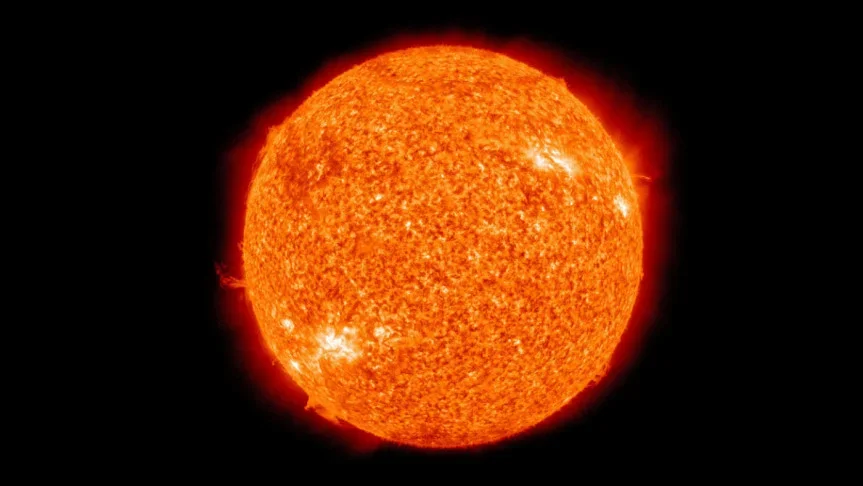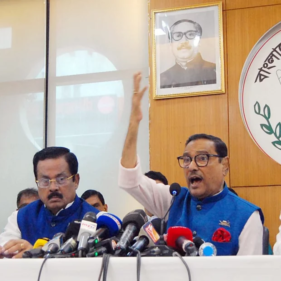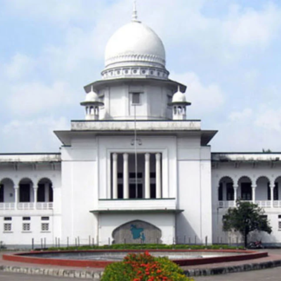An Indian spacecraft made history by landing on the South Pole of the Moon on August 23. Soon after the success of the lunar mission, the country announced the solar mission. Today, Saturday (September 2), the large South Asian country is going to start its first observation mission to the Sun. BBC news.
According to the British media report, the Aditya-L1 spacecraft will be used in India’s solar mission. It will be launched toward the Sun from Sriharikota in Andhra Pradesh at 11.50 a.m. local time today. The spacecraft will be at a distance of 1.5 million kilometers from Earth, which is only one percent of the average distance from Earth to the Sun.
India’s space research organization, ISRO, says it will take the Aditya-L1 spacecraft four months to cover this distance. This is ISRO’s first mission to study the Sun. The mission to study the sun has been named Surya, the name of a Hindu deity.
According to the BBC, the Aditya-L1 spacecraft will be placed at the Lagrange point between the Earth and the Sun. The great advantage of this point in the orbit is that from there, the various activities of the Sun can be observed at all times without any obstruction. According to the European Space Agency, the Lagrange point is the point where the gravitational force between the Sun and the Earth is zero.
Aditya-L1 spacecraft: Solar Mission Advantages, Cost, and Scientific Instruments
If the Aditya-L1 spacecraft is placed at the Lagrange point, it will be able to orbit the Sun at the same speed as Earth. This will require very little fuel to operate the satellite. According to ISRO, the spacecraft will orbit the Earth several times before establishing the Lagrange point.
Although ISRO did not say how much this mission will cost, the Indian media say that it will cost 46 million US dollars, or 378 crore rupees (Indian currency).
According to ISRO, the spacecraft will carry seven scientific instruments, that will be used for observation. The research mission will help scientists understand the solar wind, solar flares, and their effects on Earth and near space.
Former ISRO scientist Mileswamy Annadurai said, ‘The sun constantly influences the Earth’s climate through the flow of radiation, heat, and magnetic field. It also affects space weather. How the satellite will work depends a lot on the space weather. Solar wind or storms affect satellite electronics. But there’s a lot we don’t know about space weather









